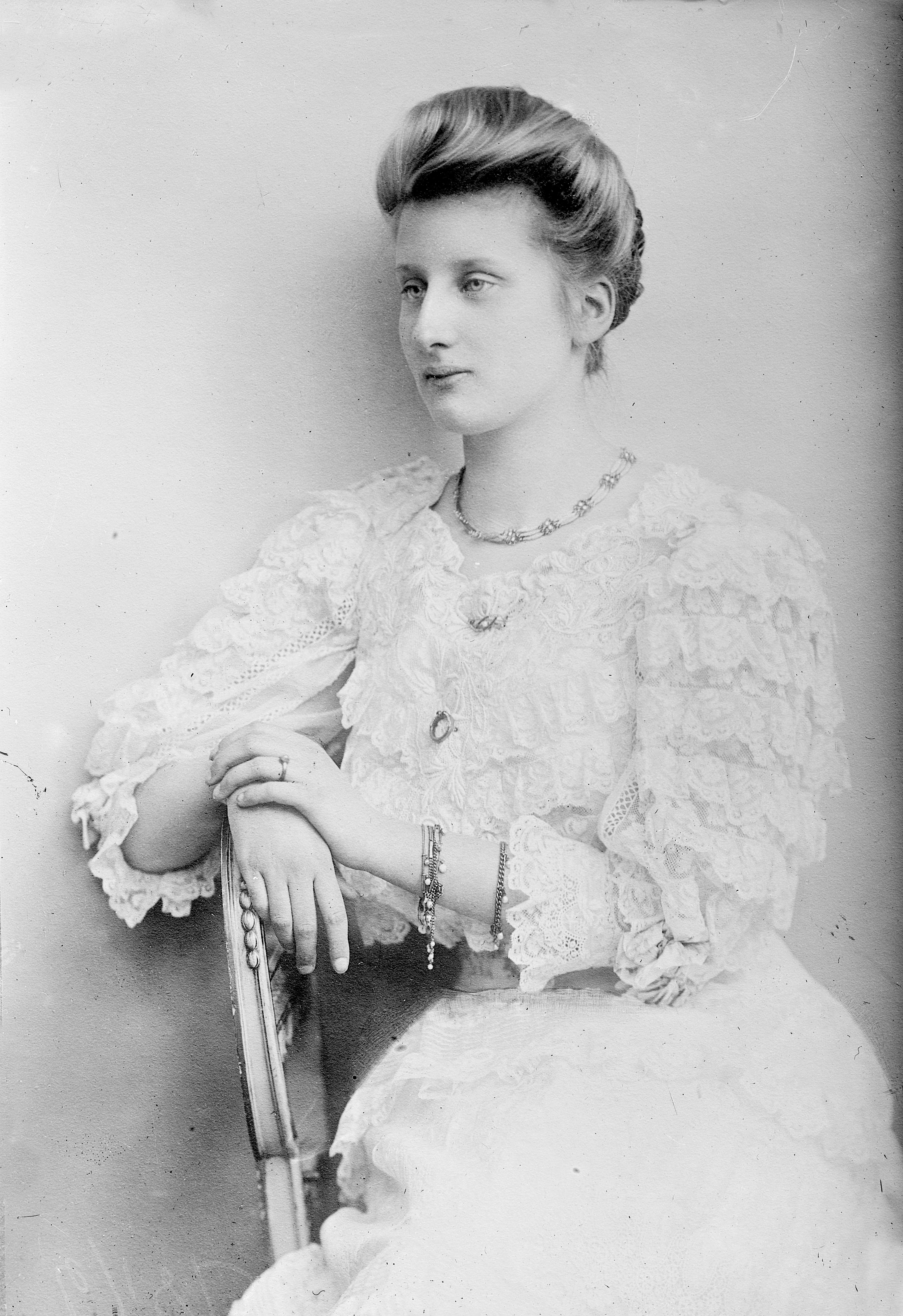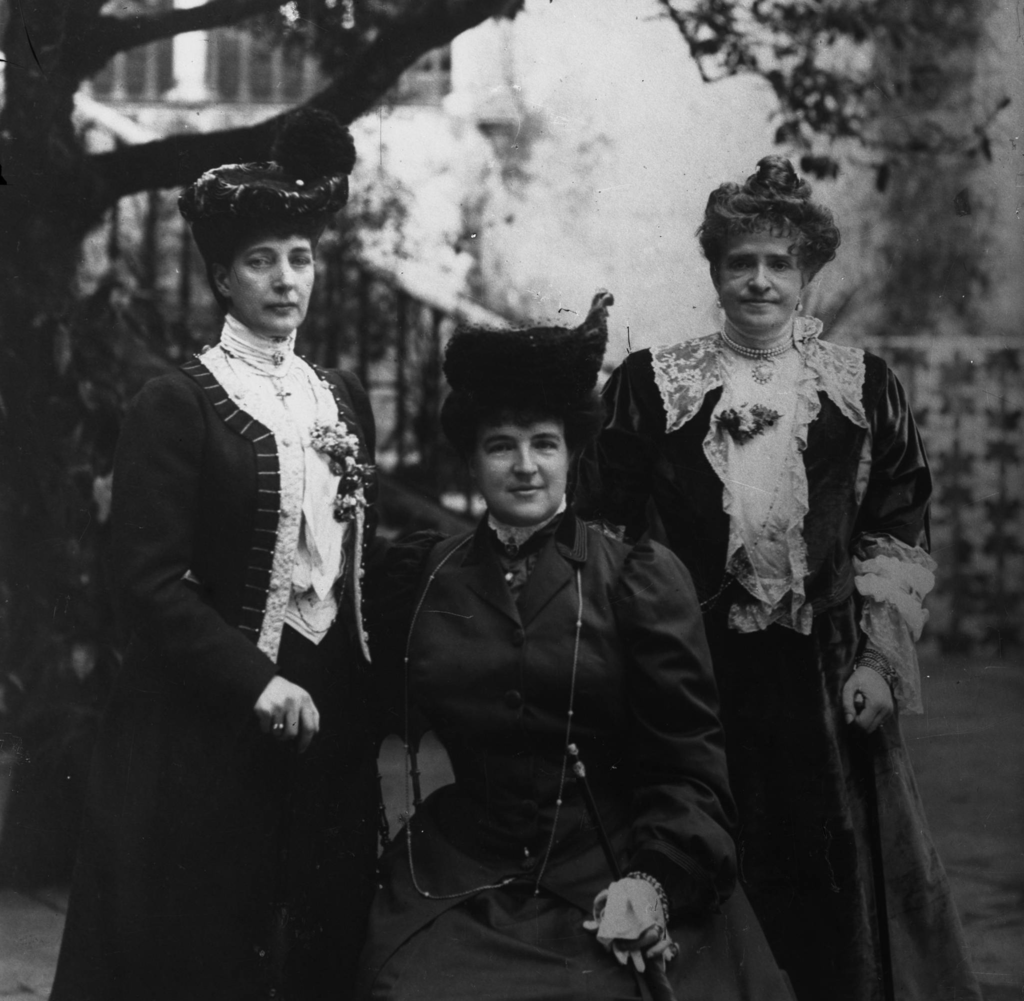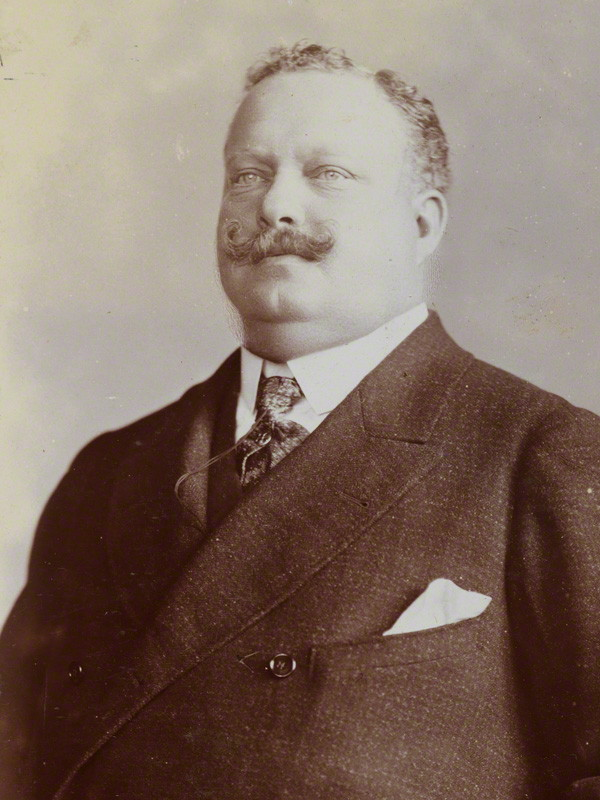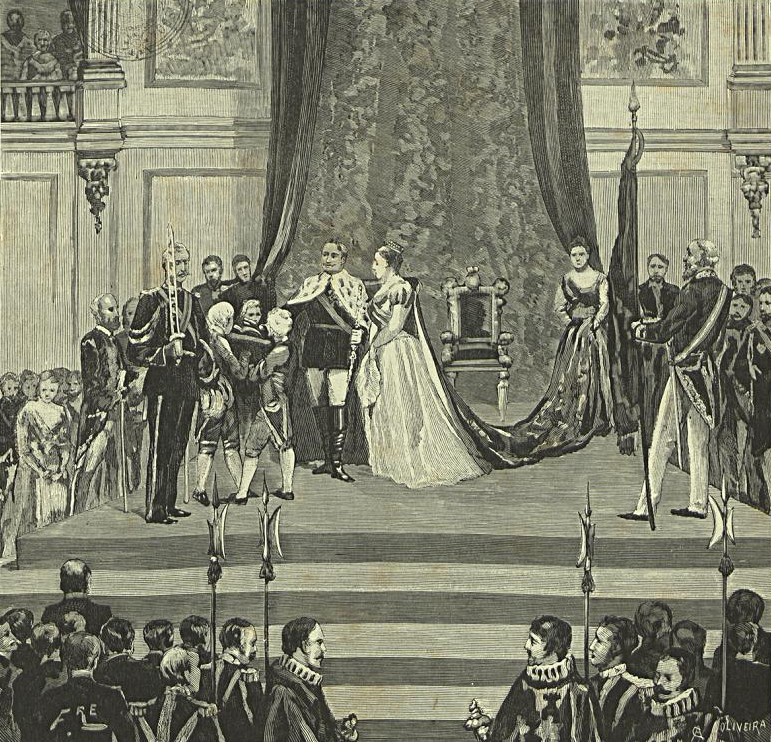by Susan Flantzer
© Unofficial Royalty 2016

Elizabeth of York, Queen of England; Credit – Wikipedia
Elizabeth of York holds a unique position in British royal history. She was King Edward IV’s daughter, King Edward V’s sister, King Richard III’s niece, King Henry VII’s wife, King Henry VII’s mother, and the grandmother of King Edward VI, Queen Mary I, and Queen Elizabeth I. Her great-granddaughter was Mary, Queen of Scots whose son, King James VI of Scotland, succeeded Queen Elizabeth I as King James I of England. Through this line, the British royal family and other European royal families can trace their descent from Elizabeth of York.
Born on February 11, 1466, at the Palace of Westminster, Elizabeth of York was the eldest child of King Edward IV of England and Elizabeth Woodville. Edward IV was the eldest surviving son of Richard of York, 3rd Duke of York who had a strong claim to the English throne. The social and financial troubles that followed the Hundred Years’ War, combined with the mental disability and weak rule of the Lancastrian King Henry VI had revived interest in the claim of Richard, 3rd Duke of York. Hence, the Wars of the Roses were fought between supporters of two rival branches of the royal House of Plantagenet, the House of Lancaster and the House of York between 1455 and 1487. Richard, 3rd Duke of York was killed on December 30, 1460, at the Battle of Wakefield and his son Edward was then the leader of the House of York. After winning a decisive victory on March 2, 1461, at the Battle of Mortimer’s Cross, 19-year-old Edward proclaimed himself king. In 1464, King Edward IV married Elizabeth Woodville and their first child, Elizabeth, was born two years later.
Elizabeth was christened at Westminster Abbey in a solemn ceremony. Her godparents were:
- Jacquetta of Luxembourg, her maternal grandmother
- Cecily Neville, Duchess of York, her paternal grandmother
- Richard Neville, 16th Earl of Warwick, her father’s first cousin
Elizabeth had nine siblings:
- Mary of York (1467 – 1482), unmarried
- Cecily of York (1469 – 1507); married (1) Ralph Scrope of Upsall, no issue, marriage annulled; (2) John Welles, 1st Viscount Welles, had issue, died young; (3) Sir Thomas Kyme, possible issue
- King Edward V of England (1470 – c. 1483); briefly succeeded his father, as King Edward V of England, was the elder of the Princes in the Tower
- Margaret of York (born and died 1472)
- Richard of Shrewsbury, 1st Duke of York (1473 – c. 1483), was the younger of the Princes in the Tower
- Anne of York (1475 – 1511); married Thomas Howard (later 3rd Duke of Norfolk and uncle of Anne Boleyn and Catherine Howard, King Henry VIII’s beheaded wives), had no surviving issue
- George Plantagenet, 1st Duke of Bedford (1477 – 1479)
- Catherine of York (1479 – 1527); married William Courtenay, 1st Earl of Devon, had issue
- Bridget of York (1480 – 1517); became a nun
Elizabeth had two half-brothers from her mother’s first marriage to Sir John Grey of Groby who was killed at the Second Battle of St Albans:
- Thomas Grey, 1st Marquess of Dorset (1455 – 1501), married (1) Anne Holland, no children; (2) Cecily Bonville, 7th Baroness Harington and 2nd Baroness Bonville, had 14 children; Thomas and Cecily are the great-grandparents of Lady Jane Grey
- Sir Richard Grey (1457 – 1483), unmarried, executed by Richard, Duke of Gloucester (future King Richard III)
In October 1470, thanks to Elizabeth’s godfather Richard Neville, 16th Earl of Warwick switching from the Yorkist faction to the Lancastrian faction, Henry VI was restored to the throne. Edward IV and his brother Richard, Duke of Gloucester (the future Richard III) fled to Flanders, part of Burgundy, where their sister Margaret of York lived with her husband Charles the Bold, Duke of Burgundy. Four-year-old Elizabeth went into sanctuary at Westminster Abbey with her pregnant mother and her younger sisters Mary and Cecily. While in sanctuary, Elizabeth’s brother Edward (the future Edward V) was born. By April 1471, Elizabeth’s father was back on the throne, and a month later King Henry VI was murdered in the Tower of London.
By the time of the early death in 1483 of King Edward IV at the age of 40, Elizabeth had been promised in marriage to George Neville, 1st Duke of Bedford and the future King Charles VIII of France, but nothing came of either promise. When King Edward IV died and his twelve-year-old son succeeded him as King Edward V, Edward IV’s brother, Richard, Duke of Gloucester, was named Lord Protector of his young nephew and moved to keep the Woodvilles, the family of Edward IV’s widow Elizabeth Woodville, from exercising power. The widowed queen sought to gain political power for her family by appointing family members to key positions and rushing the coronation of her young son. The new king was accompanied to London by his maternal uncle Anthony Woodville, 2nd Earl Rivers and his half-brother Sir Richard Grey. Rivers and Grey were accused of planning to assassinate Richard, were arrested, and taken to Pontefract Castle, where they were later executed without trial. Richard then proceeded with the new king to London where Edward V was presented to the Lord Mayor of London. For their safety, King Edward V and his nine-year-old brother Richard, Duke of York were sent to the Tower of London and never seen again.
On June 22, 1483, a sermon was preached at St. Paul’s Cross in London declaring Edward IV’s marriage to Elizabeth Woodville invalid and his children illegitimate. This information apparently came from Robert Stillington, the Bishop of Bath and Wells, who claimed a legal pre-contract of marriage to Eleanor Butler, invalidated the king’s later marriage to Elizabeth Woodville. The citizens of London presented Richard a petition urging him to assume the throne, and he was proclaimed king on June 26, 1483. King Richard III and his wife Anne were crowned in Westminster Abbey on July 6, 1483, and their son was created Prince of Wales. In January of 1484, Parliament issued the Titulus Regius, a statute proclaiming Richard the rightful king. Shortly thereafter, Elizabeth’s mother and Margaret Beaufort, the mother of the Lancastrian leader Henry Tudor still in exile in Brittany, made a secret agreement that their children should marry.
On August 22, 1485, Henry Tudor defeated King Richard III at the Battle of Bosworth Field and became King Henry VII, the first Tudor king of England. Elizabeth of York and Henry married on January 18, 1486, at the Palace of Westminster. Henry had Parliament repeal Titulus Regius, the act that declared King Edward IV’s marriage invalid and his children illegitimate, thereby legitimizing his wife. The Tudor Rose, a combination of the Red Rose of Lancaster and the White Rose of York, symbolized the new House of Tudor.
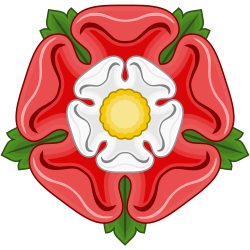
The Tudor Rose; Credit – Wikipedia

Double Portrait of Elizabeth of York and Henry VII; Credit – Wikipedia
Children of King Henry VII and Elizabeth of York:
- Arthur, Prince of Wales (1486 – 1502), married Catherine of Aragon, no issue
- Margaret Tudor (1489 – 1541), married (1) James IV, King of Scots, had issue including King James V of Scotland; (2) Archibald Douglas, 6th Earl of Angus, had issue; (3) Henry Stewart, 1st Lord Methven, no surviving issue; Margaret was the grandmother of both Mary, Queen of Scots and Henry Stuart, Lord Darnley, the parents of King James I of England
- Henry VIII, King of England (1491 – 1547), married (1) Catherine of Aragon, had daughter Queen Mary I of England; (2) Anne Boleyn, had daughter Queen Elizabeth I of England; (3) Jane Seymour, had son King Edward VI of England; (4) Anne of Cleves, no issue; (5) Catherine Howard, no issue; (6) Catherine Parr, no issue
- Elizabeth Tudor (1492 – 1495)
- Mary Tudor (1496 – 1533), married (1) Louis XII, King of France, no issue; (2) Charles Brandon, 1st Duke of Suffolk, had issue, grandparents of Lady Jane Grey
- Edmund Tudor, Duke of Somerset (1499 – 1500)
- Katherine Tudor (born and died February 1503) her mother, Elizabeth of York, died as a result of Katherine’s birth

Henry VII’s family: At left, Henry VII, with Arthur, Prince of Wales behind him, then Henry (later Henry VIII), and Edmund, who did not survive early childhood. To the right is Elizabeth of York, with Margaret, then Elizabeth who didn’t survive childhood, Mary, and Katherine, who died shortly after her birth; Credit – Wikipedia
Unlike her mother Elizabeth Woodville and her mother-in-law Margaret Beaufort, Elizabeth had no political ambitions and played her role as wife and mother. Many historians believe that Elizabeth was overshadowed by her dominant mother-in-law (who outlived both her son and daughter-in-law). Nevertheless, Elizabeth was a very popular queen, and having numerous children with whom she secured the new Tudor dynasty made her even more popular.
Her firstborn son was born in Winchester, then identified as the site of Camelot, and named Arthur after the legendary king. In 1501, Arthur married Catherine of Aragon, the youngest daughter of Queen Isabella I of Castile and King Ferdinand II of Aragon. Five months later, 15-year-old Arthur was dead, probably of sweating sickness, and his parents were devastated. Elizabeth comforted her husband who was not only in mourning for his son, but also in fear for his dynasty by saying, “Your mother never had more children than you, but God in His grace, always sheltered you and brought to where you are now. God has left you a handsome prince and two beautiful princesses. We both are still young and can have more children.”

Arthur, Prince of Wales; Credit – Wikipedia
Shortly after Arthur’s death, Elizabeth became pregnant again and hoped for a son. She spent that year preparing her daughter Margaret, who was to marry King James IV of Scotland, for her role as Queen of Scotland. In early 1503, Elizabeth spent her confinement at the Tower of London. On February 2, 1503, she gave birth to a daughter, Katherine. Shortly after giving birth, Elizabeth became ill with puerperal fever (childbed fever) and died on February 11, 1503, her 37th birthday. Her death so shook Henry VII that he went into seclusion and would only see his mother. Little Katherine died on February 18, 1503.
In 2012, an illuminated manuscript (see below) that was once the property of Henry VII was discovered in the National Library of Wales. King Henry VII is shown in mourning clothes, receiving the book containing the manuscript. In the background, behind their father, are his daughters, Mary and Margaret, in black veils. On the top left, an 11-year-old future King Henry VIII is shown weeping into the sheets of his mother’s empty bed.

Credit – Wikipedia
Elizabeth received a dignified state funeral in Westminster Abbey in the presence of her sisters. On her coffin was a wooden effigy, modeled on Elizabeth. The funeral procession was led by her sister Catherine of York. All of London mourned the popular queen. In the Cheapside section of London, groups of 37 young women, representing the 37 years of Elizabeth’s life, with green wreaths in their hair and candles in their hands paraded through the streets. Candles lit in Elizabeth’s memory were burning in all the churches. Thomas More, a 25-year-old lawyer at the time and would later be beheaded during the reign of Elizabeth’s son Henry VIII, wrote an elegy in honor of the late Queen, “A Rueful Lamentation.” Each February 11, King Henry VII decreed that a requiem mass be sung, bells be tolled, and 100 candles be lit in honor of Elizabeth of York.

Elizabeth’s painted wood funeral effigy in Westminster Abbey; Credit – Wikipedia
King Henry VII died at Richmond Palace on April 21, 1509, at the age of 52. He lies buried with his wife Elizabeth in a tomb created by Italian artist Pietro Torrigiano in the Henry VII Chapel in Westminster Abbey.

Tomb of Henry VII and Elizabeth of York; Credit – englishhistoryauthors.blogspot.com
This article is the intellectual property of Unofficial Royalty and is NOT TO BE COPIED, EDITED, OR POSTED IN ANY FORM ON ANOTHER WEBSITE under any circumstances. It is permissible to use a link that directs to Unofficial Royalty.
England: House of Tudor Resources at Unofficial Royalty









